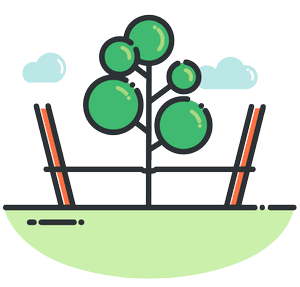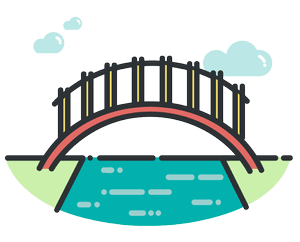The Hebrew Scouts Philosophy
Our Philosophy
Teaching children to read, and read well, is an exciting yet daunting adventure. At Hebrew Scouts, we aim to revolutionize the way reading has traditionally been taught in order to help ALL children reach literary fluency.
By redefining the way we teach, our structured curriculum helps students gain the skills needed to become independent & successful readers. Reaching literacy goals is made simple with step-by-step guided instruction, decodable books, engaging games, and many more resources.
Founded upon seven key principles of literacy instruction, our curriculum focuses on integrating all the elements together to teach children to not only get the sounds off the paper, but to understand and apply their knowledge in a real, purposeful, and engaging way.
1. The Gateway to Literacy
Reading fluency is not just about decoding quickly, but about integrating all components of literacy together to form a cohesive understanding & usage of words. Recognizing the interdependence of these foundational pillars is essential in helping children gain a full reading skillset.
These concepts do not build upward step-by-step, but rather work as a collective unit to allow for better reading.
Our curriculum focuses on all of the following concepts, which work hand-in-hand to build the gateway for success: Phonological Processing, Orthography, Sight Words, Fluency, Comprehension, Language Structures, Vocabulary, Background Knowledge & the whole child.

2. Stages of Vocabulary Acquisition
Our curriculum’s objective is to expose children to the same words again and again in different contexts until they remember them and can use them confidently. We use games, books, writing practice, and other formats to introduce a new word in order to help it stick in their minds, helping them process not only the word itself but its meaning and usage as well.
Level 1: I never heard this word before.
Level 2: I heard this word before. I can recognize this word with some clues.
Level 3: I can understand this word in context.
Level 4: I can use this word with confidence.

3. Zone of Proximal Development
Giving children work that is not too hard, not too easy, but just right is the key to promoting achievement. We want them to understand what they are reading, and feel challenged to learn more, but not so much that they feel overwhelmed or lost. The goal is for children to come to a task already armed with the background and skills to conquer it, then build on it gradually. Our scaffolded curriculum is based on readings and assignments that are gradually increasing in complexity, making sure children are constantly challenged, engaged, and at a level that is right for them.

4. Gradual Release of Responsibility
I do. We do. You do!
In the reading and learning process, we support children, equipping them with the skills and ability to eventually reach a level of independent reading. By gradually giving a child more responsibilities, we as educators embolden them to be able to take ownership of their literacy and reach a point where they can confidently read on their own. In our curriculum, beginner levels rely more heavily on instructor involvement, then slowly releasing that responsibility to build towards independence.

5. Hebrew as a Foreign Language
In designing this curriculum, we understand that children are learning Hebrew as a foreign language. This is considerably more difficult for some learners and requires a totally different approach to teaching. Therefore we use supports such as Picture Power, Tier 1 vocabulary words, exposure, and engagement to best support children in this challenge. Hebrew reading can be made simple with these illustrative tools and resources, making a foreign language fluent quicker.

6. Universal Design for Learning
Kriah for Everyone
We designed this curriculum with a vision for it to be useable for all types of learners. We want children to not just learn how to read, but how to use the Hebrew language and truly understand it. Using an educational model that works for all types of learners means that even children who don’t need extra support end up benefiting. What could be better?

7. Access Torah & Jewish Life
When planning instructional goals, we think ahead about our long-term objectives. Where are we headed? What is our aim? What is our ten-year plan?
At Hebrew Scouts, our hope is to prepare children for Jewish life.
One of our main goals with our curriculum is to establish a strong sense of connection between learning and student. We want the children to learn the Hebrew language in a way that connects personally to their lives. We aim to build pride in their Jewish heritage, ownership of the Hebrew language, and a link between their Kriyah skills and how they can apply it to their Jewish life. Whether it be learning how to read Tefillot, Brachot, or preparing for their Bar/Bat mitzvah, this type of long-range thinking approach is incredibly helpful in making learning real, emotional, and applicable.

